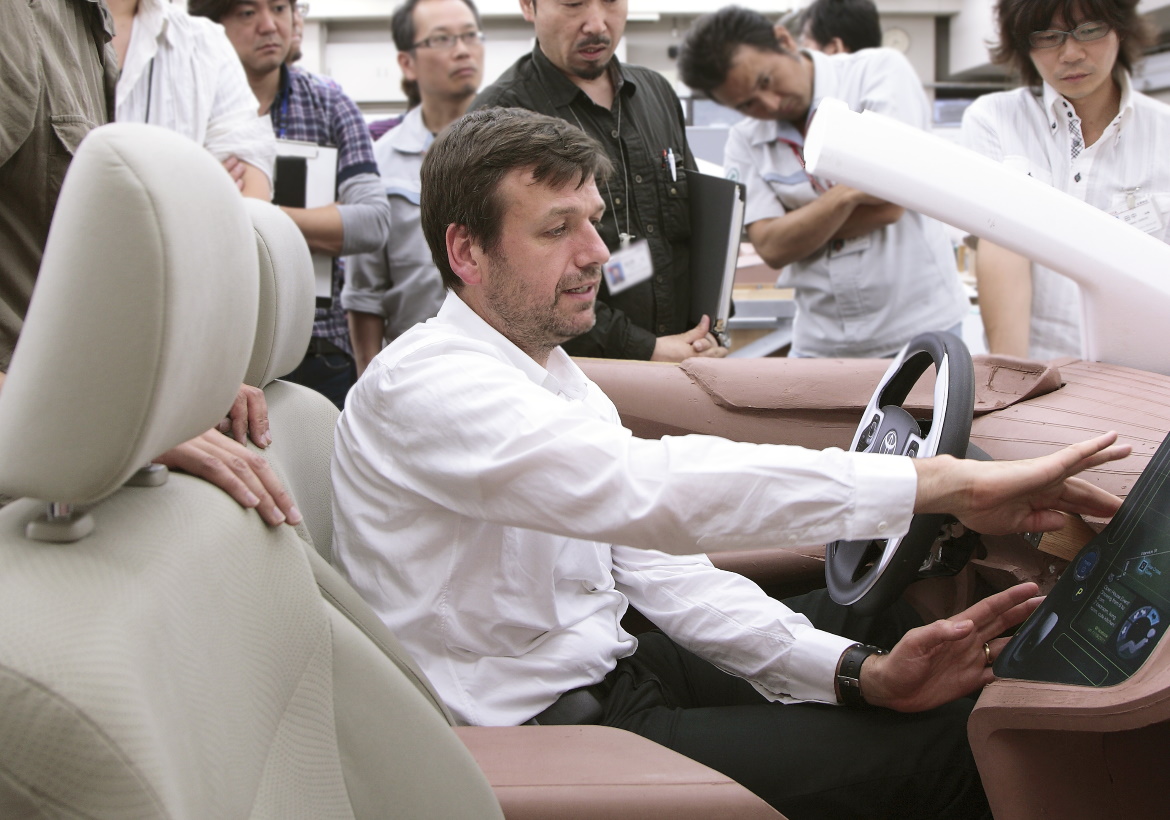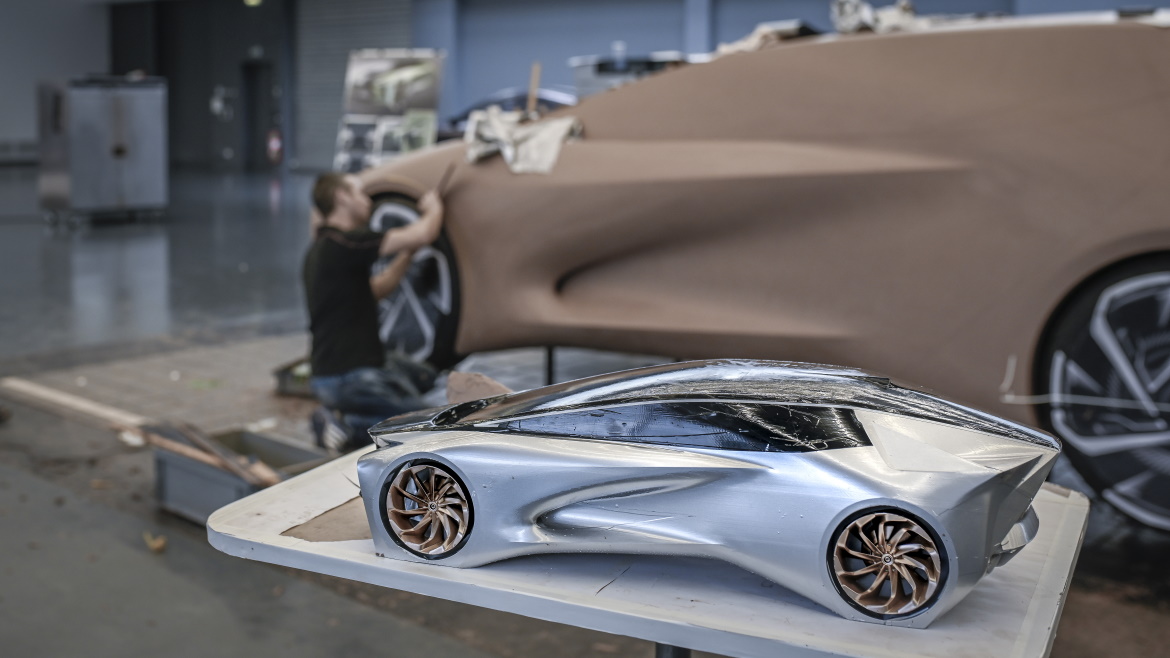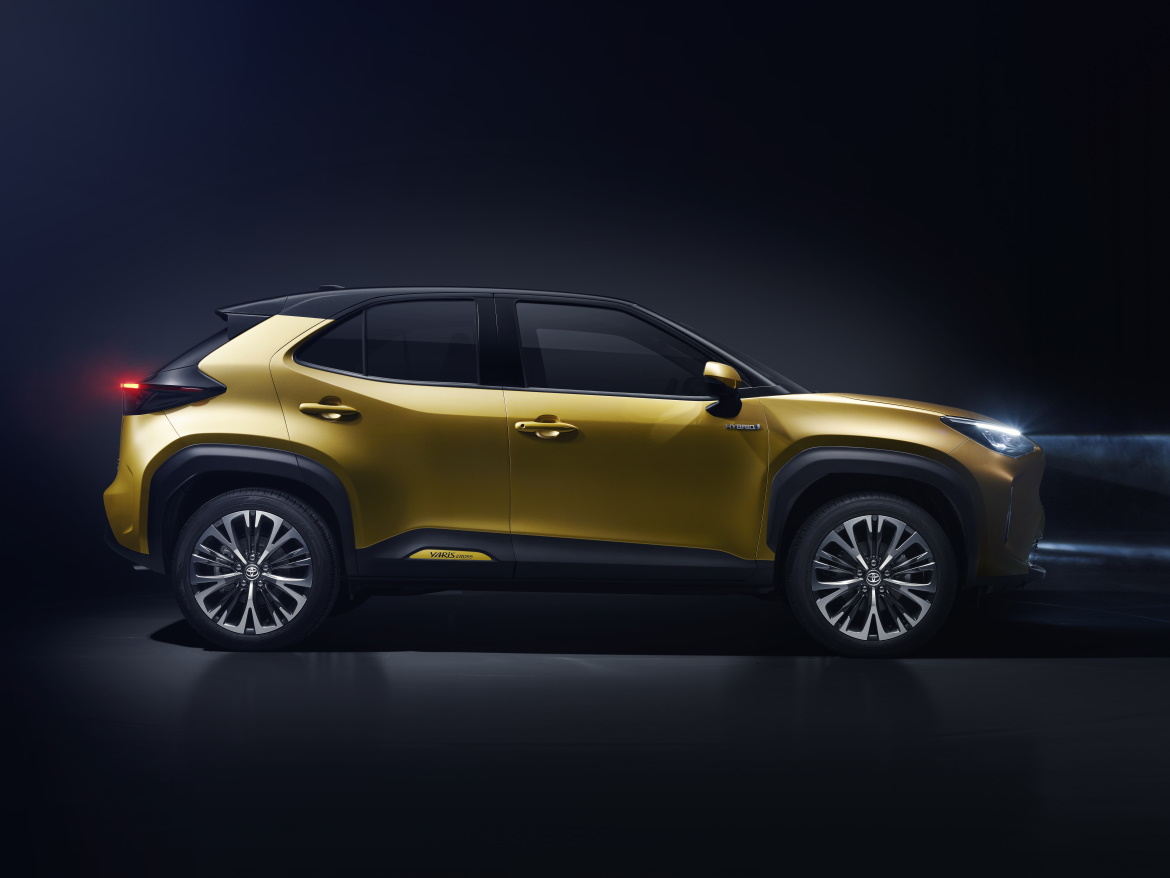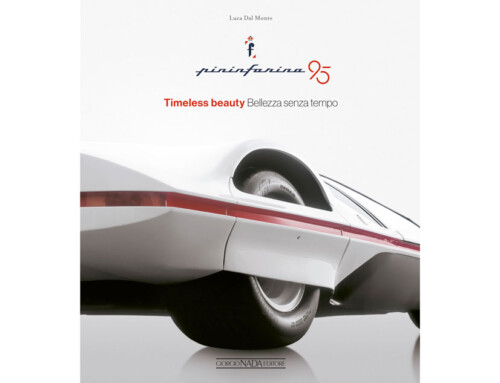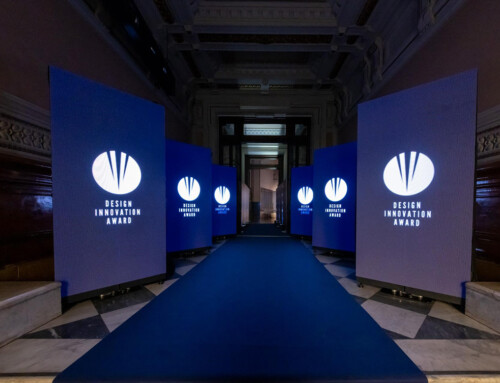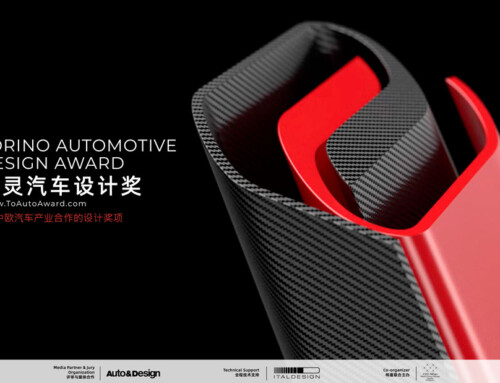The automotive world has changed significantly in recent years, as have people’s lifestyles and values. How should vehicle design respond? Simon Humphries is the head of Toyota and Lexus Global Design, heading the design operations for both brands. Since last year he has also been a judge for the Lexus Design Award, an annual international design competition. Against the backdrop of a world thrown into turmoil by the global Covid-19 pandemic, he talks about the role of designers and his personal design philosophy.
Since joining the Group in 1994, UK-born Simon Humphries has worked on a multitude of car projects. Today, he leads his design teams with inventiveness and the ability to turn ideas into reality. “I studied industrial design in the UK, so before joining the company I had never worked in automotive design,” Humphries recalls. “Despite my lack of experience, I was welcomed into the team because of my experience in other fields. This kind of flexibility will be key to becoming a mobility company.
Explaining his design philosophy, he continues: ‘The most important aspect of design is to consider the user’s feelings. Then, after coming up with a design that incorporates these considerations, you have to be able to explain it clearly in the form of a story. This is why it is essential for designers to have communication skills. I always try to explain what our clients need and how my design reflects those needs. It doesn’t matter about the design itself: if you show it to five people, each person will focus on different aspects. In other words, communication is the key to conveying the designer’s intention.
The drawings Humphries creates are not just illustrations; they have words and concepts: “What will the cars of the future look like? The answer undoubtedly lies in the way we respond to the human desire to move freely. Unlike animals, whose movements are driven by basic needs such as food or shelter, humans have the freedom to follow their curiosity and try to learn. In this way, the human desire to move is very profound,’ he says. “‘Some people worry that if automated driving became a standard, automotive design would become commoditised. But I disagree; in fact, I think the opposite is true.”
“No user wants the same thing from their vehicle all the time. For example, he might want to commute by car to work alone; then, at another time, he might want to use the car to go shopping, or go out with the family. Therefore, it is better if a vehicle can meet the individual needs in the best possible way. Today the situation is different. It is not possible to create cars using the same mentality as in the past. From a market-focused perspective, car design needs a revolution of ideas. A long time ago, car design had identifiable “trends”. This is no longer the case. Consumers have become incredibly diverse and markets change with great speed. The key is this: how quickly can we reflect the needs of users in our products?”.

